1. Killarney National Park
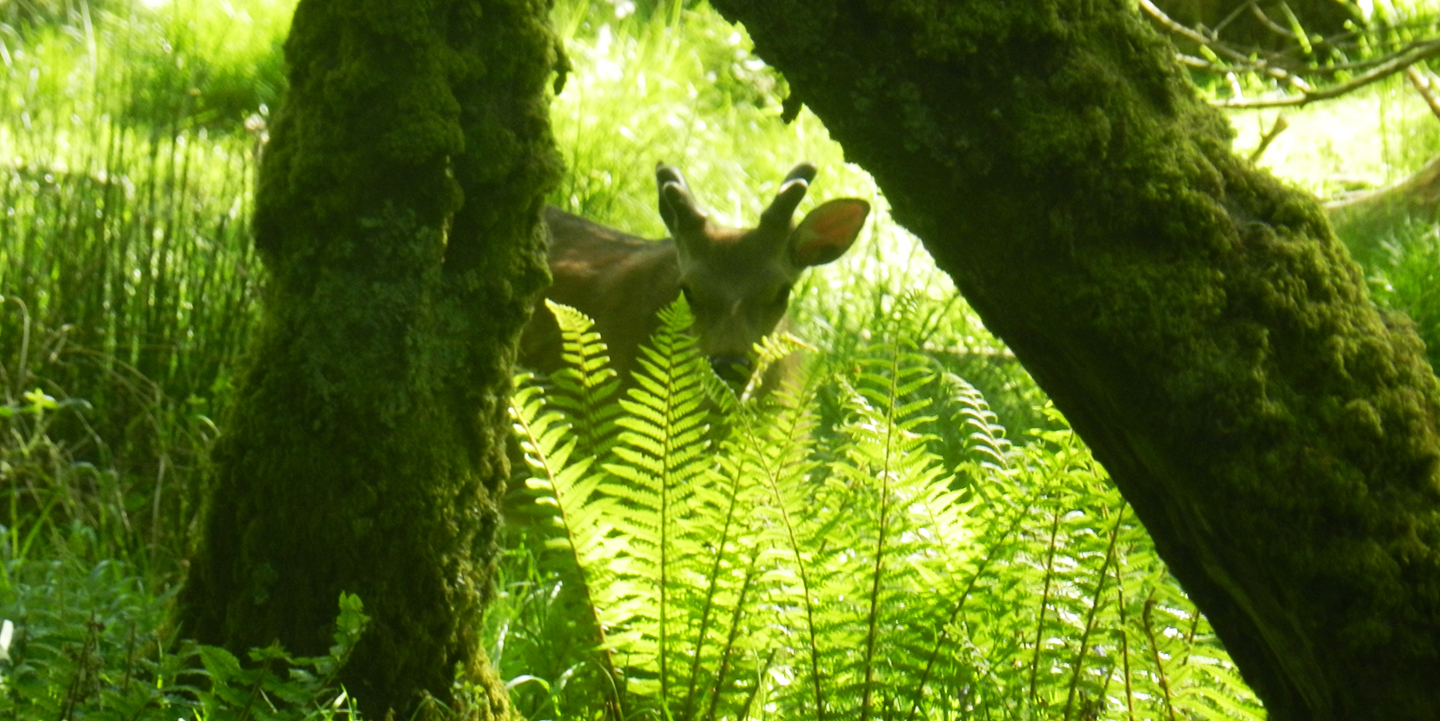
Killarney National Park (Irish: Páirc Náisiúnta Chill Airne), near the town of Killarney, County
Kerry, was the first national park in Ireland, created when Muckross Estate was donated to the
Irish Free State in 1932.
The park has since been substantially expanded and encompasses over
102.89 km2 (25,425 acres) of diverse ecology, including the Lakes of Killarney, oak and yew
woodlands of international importance, and mountain peaks.
It has Ireland's only native herd of red deer and the most extensive covering of native
forest remaining in Ireland. The park is of high ecological value because of the quality,
diversity, and extensiveness of many of its habitats and the wide variety of species
that they accommodate, some of which are rare. The park was designated a UNESCO Biosphere
Reserve in 1981.
The park forms part of a Special Area of Conservation. The National Parks and Wildlife Service
is responsible for the management and administration of the park. Nature conservation
is the main objective of the park, and ecosystems in their natural state are highly valued.
The park is also known for its beautiful scenery. Recreation and tourism amenities are also
provided for
"If you go into a far, far forest and get very quiet, you'll come to understand that you're connected with everything." Alan Watts
2. Torc Waterfall
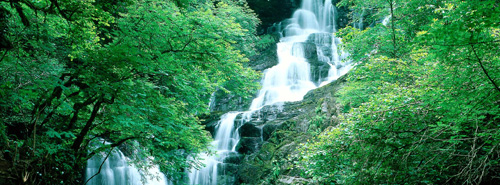
Torc Waterfall (Irish: Easach Toirc) is a waterfall at the base of Torc Mountain, about 5 miles
(8.0 km) from Killarney in County Kerry, Ireland. Painting of Torc Waterfall by Mary Balfour
Herbert, who lived nearby at Muckross House.
The falls are one of the landmarks on the 200 kilometre Kerry Way walking tour, and are encompassed
in the Killarney National Park.[3] Red deer are frequently seen and heard in the area.
Easy access and parking make the site popular with walkers and tour bus groups, who often
visit as part of the Ring of Kerry tour. A public hiking trail stretches from the waterfall
to the top of Torc Mountain.
“One of my favorite places in Ireland.” Galway1984 (Tripadvisor)
3. Ross Castle
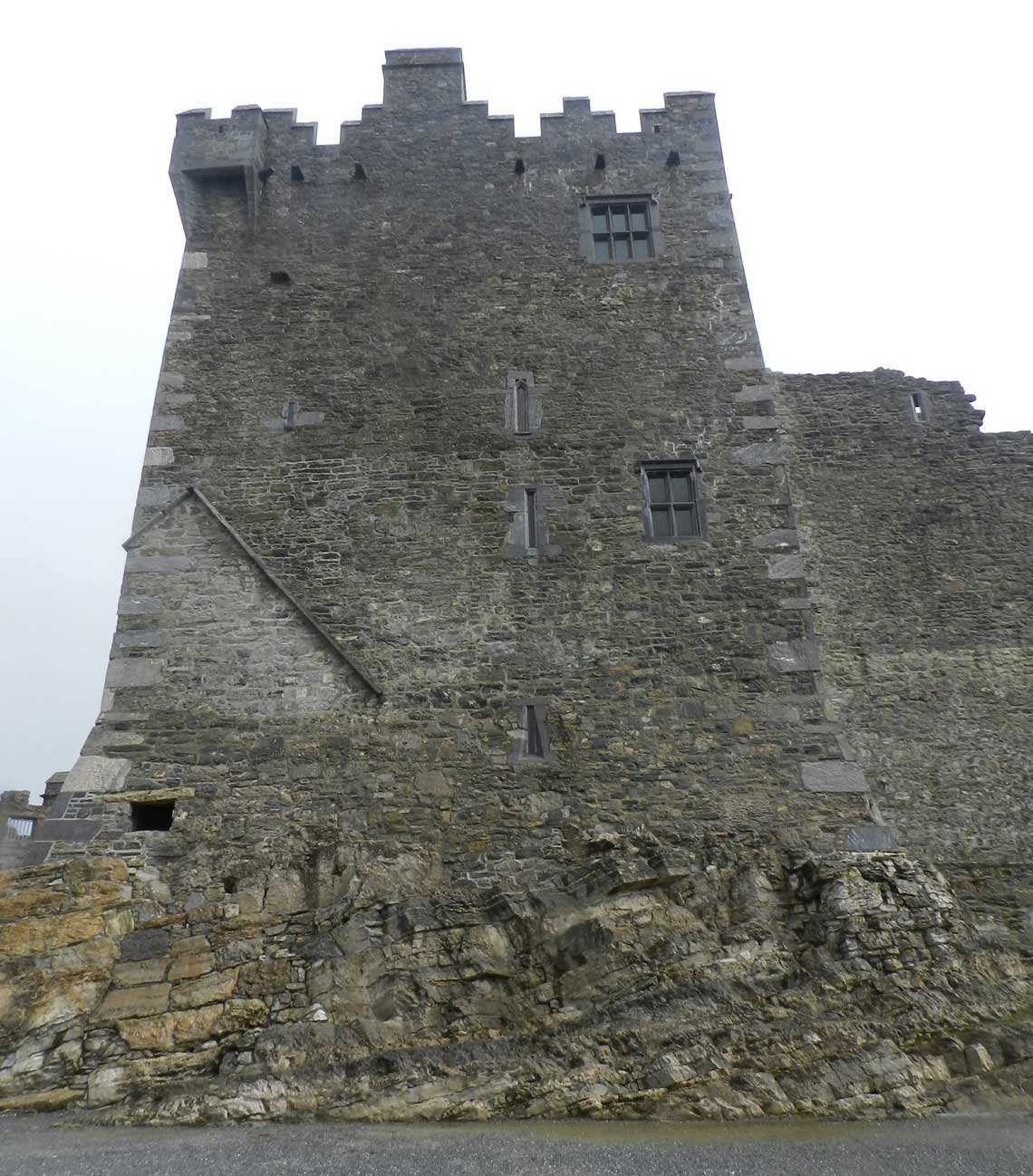
This Castle may be considered a typical example of the stronghold of an Irish Chieftain
during the Middle Ages. The date of its foundation is uncertain but it was probably built
in the late 15th century by one of the O'Donoghue Ross chieftains.
It is surrounded by a fortified bawn, its curtain walls defended by circular flanking towers,
two of which remain.
Much of the bawn was removed by the time the Barrack building was added on the south side of
the castle sometime in the middle of the 18th century. The castle contains 16th and 17th
century oak furniture.
century oak furniture.
Duis autem vel eum iriure dolor in hendrerit in vulputate velit esse molestie consequat, vel illum dolore eu feugiat nulla facilisis at vero eros et accumsan et iusto odio dignissim
4. Lakes of Killarney
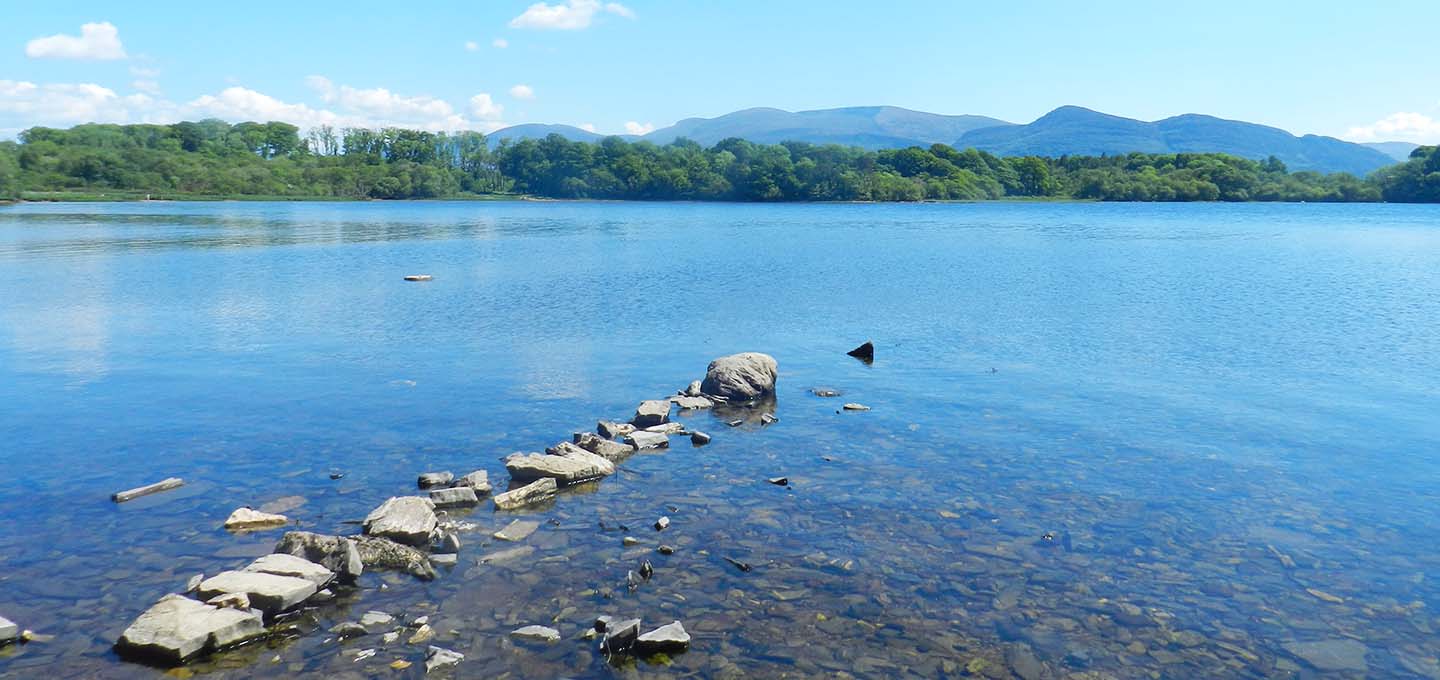
The Lakes of Killarney are a scenic attraction located in Killarney National Park near Killarney, County Kerry, in Ireland. They consist of three lakes - Lough Leane, Muckross Lake and Upper Lake.
The lakes sit in a low valley some 20 m (66 ft) above sea level. They are surrounded by the rugged slopes of Macgillycuddy's Reeks. Notable mountains in the range include Carrauntoohil, which, at 1,038 metres (3,406 ft) is Ireland's highest mountain, Purple Mountain, at 832 metres (2,730 ft), Mangerton Mountain, at 843 metres (2,766 ft), and Torc Mountain, at 535 metres (1,755 ft).
The N71 road from Killarney to Kenmare passes a viewpoint called Ladies View which offers a view of the lakes and valleys. On the occasion of Queen Victoria's visit in 1861, the point was apparently chosen by the queen's ladies-in-waiting as the finest in the land; hence the name.
5. Muckross House & Gardens

Step back into the past on Muckross Traditional Farms and visit a very different Ireland – the Ireland of the 1930s and 1940s. Then, a trip to the well was still a daily chore for the housewife and electricity had yet to be introduced to the countryside.
The horse reigned supreme - all farming activities were carried out using horsepower and traditional farm machinery. The rhythm of life followed a yearly cycle and the farmer's activities were governed by the seasons and the weather.
Muckross House (Irish: Teach Mhucrois) is located on the small Muckross Peninsula between Muckross Lake and Lough Leane, two of the lakes of Killarney, 6 kilometres (3.7 mi) from the town of Killarney in County Kerry, Ireland. In 1932 it was presented by William Bowers Bourn and Arthur Rose Vincent to the Irish nation. It thus became the first National Park in the Irish Free State (now Republic of Ireland) and formed the basis of the present day Killarney National Park.
"The house and the gardens were absolutely beautiful. It was a great place to walk around and explore. We went for lunch and then to stroll about. We didn't go inside the house, but we enjoyed our time outside and all of the wonderful scenery."
6. The Ring of Kerry
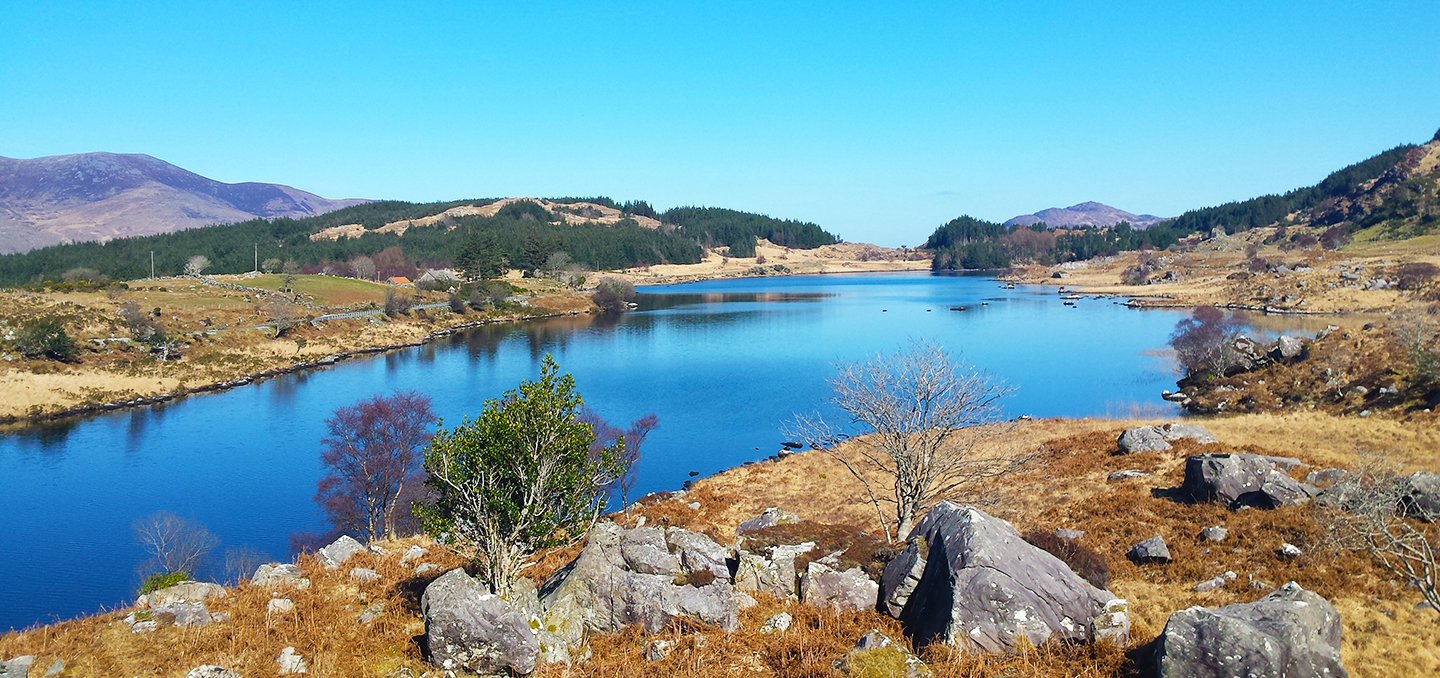
It’s a road that takes you through 10,000 years of dramatic history. It’s a road that takes you from deep forest to the crashing waters of the wild Atlantic. It’s a road through rugged, majestic landscapes.
Where wild stag roam and where tumbling waterfalls crash into crystal streams teeming with wild salmon. It’s a road that shows you the real meaning of a holiday in Kerry, Ireland.
Duis autem vel eum iriure dolor in hendrerit in vulputate velit esse molestie consequat, vel illum dolore eu feugiat nulla facilisis at vero eros et accumsan et iusto odio dignissim
7. Muckross Abbey
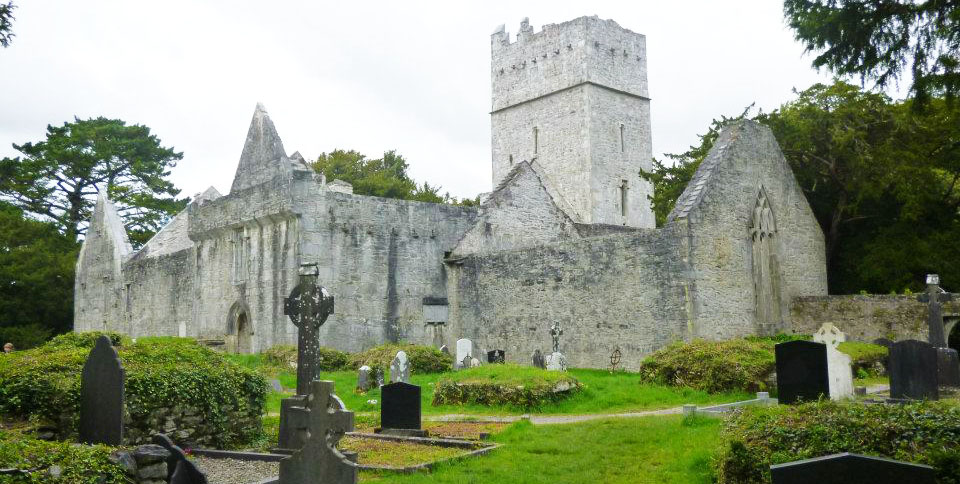
Muckross Abbey is both an Old Irish Monastery & Modern Irish Graveyard. It is situated in the middle of the national park and a five minute walk from Muckross house car park. It dates back to the beginnings of Christianity in Ireland. The first monastery was reputed to have been built here by Saint Fionan sometime in the 6th century.
What you see today are the ruins of a Franciscan friary which was founded here in the 15th century and are in very good state of preservation with the walls of the Cloister and its associated buildings in their original and complete state. The monks of Muckross Abbey were driven out in the 1650’s by the infamous Cromwellian forces.
Right next to the abbey is a graveyard which is in a poor state of repair but is still used to this day as an active burial ground. The graveyard is said to hold the remains of the O’Donoghue chieftains amongst many others in it's grounds.
Access to Muckross Abbey is free and it is open year round. A visit is recommended.
Duis autem vel eum iriure dolor in hendrerit in vulputate velit esse molestie consequat, vel illum dolore eu feugiat nulla facilisis at vero eros et accumsan et iusto odio dignissim
8. St. Mary's Church of Ireland
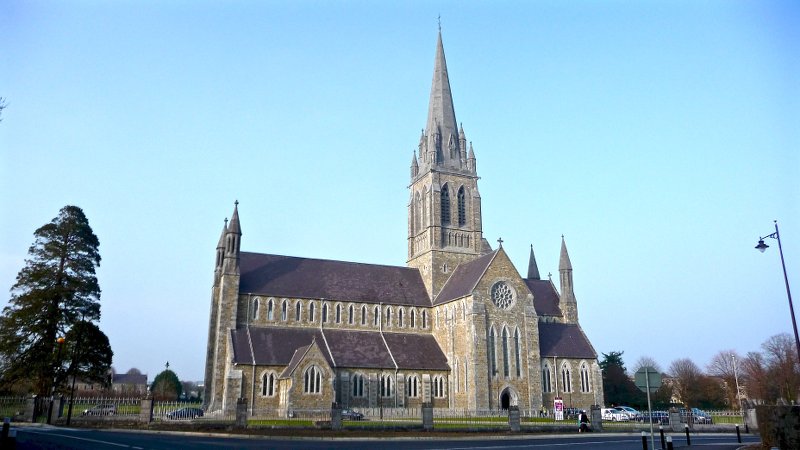
St Mary's (Church of Ireland) Killarney, is a beautiful church in the heart of Killarney which serves a small congregation as well as tourists. There is evidence as far back as the 1200s of a Church in this area. More significantly the name of the Town itself Killarney (in Irish: Cill Airne) means Church of the Sloes.
9. Jaunting Cars
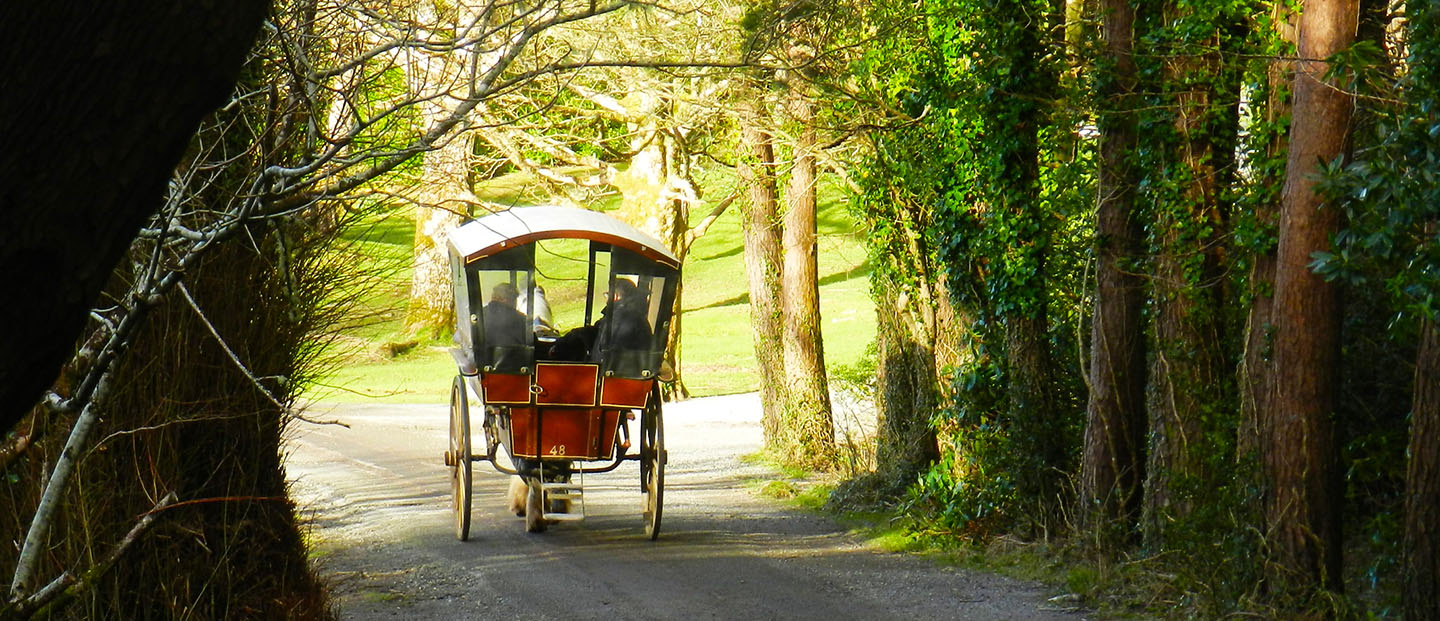
Enjoy the sights of Killarney National Park from the traditional Jaunting Car. Operating all year-round, the Killarney Jaunting car trip is a "must" for every one visiting Killarney.
Learn about the history, folklore and the beauty of Killarney National Park from the comfort of the traditional mode of transport; the Irish jaunting car from years gone by. Enjoy the beautiful scenery of Killarney by taking a horse drawn jaunting car ride through the grounds of the Killarney National Park to the majestic 15th century Ross Castle on the shores of Lough Leane.
>